How to Grip a Tennis Racquet: A Comprehensive Guide
Playing tennis can feel overwhelming for new players with all the different grips. But don't worry, it's perfectly fine to start with just a couple and get comfortable with them before exploring more. Here's a simple guide to help you start on the right foot!
Understanding Racquet Bevels
Before we begin, one should understand what bevels are, as it makes the process of understanding the grips better. A bevel refers to one of the eight sides on the handle of a tennis racquet. The handle of a tennis racquet is not perfectly round; it has flat sides (bevels) that help players grip the racquet properly. Each bevel is numbered to help players position their hands correctly for different grips. For example:
- Bevel 1: The top bevel when the racquet is held vertically.
- Bevel 2: The next bevel moves clockwise (for a right-handed player).
- Bevel 3: The bevel after that, and so on.

Understanding these bevels is crucial for learning and perfecting tennis grips.

Grips for Different Skill Levels
Beginner Grips
EASTERN FOREHAND GRIP:
The Eastern Forehand Grip is a fantastic starting point. It’s versatile and great for generating topspin. Here’s how you do it:
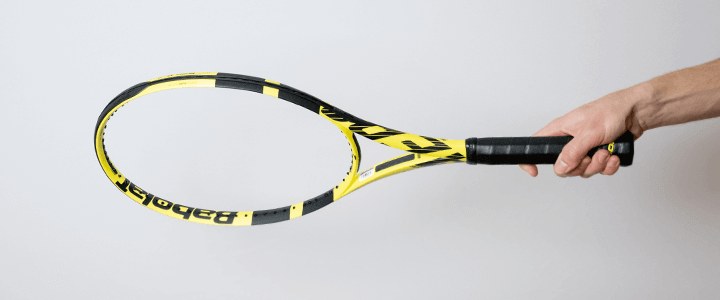
1. Hold your racquet as if you’re shaking hands with it.

2. Place the base knuckle of your index finger on the third bevel of the racquet handle.
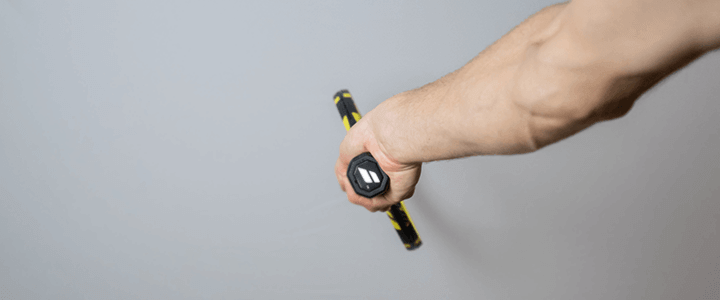
This grip is perfect for beginners because it’s easy to use and very effective for forehand shots.
CONTINENTAL GRIP:
The Continental Grip is another essential grip, especially for serves, volleys, and slices. Here’s how to get it right:
1. Hold your racquet as if it’s an axe you’re about to swing.


3. This grip is super useful for low shots and for transitioning between different strokes.

Amateur Grips
EASTERN BACKHAND GRIP:
The Eastern Backhand Grip is great for single-handed backhand shots. It’s similar to the Eastern Forehand Grip but for the opposite side. Here’s how you do it:
2. Place the base knuckle of your index finger on the first bevel of the racquet handle.

SEMI-WESTERN FOREHAND GRIP:
This grip is a step up from the Eastern Forehand Grip and is excellent for topspin shots. Here’s how you do it:
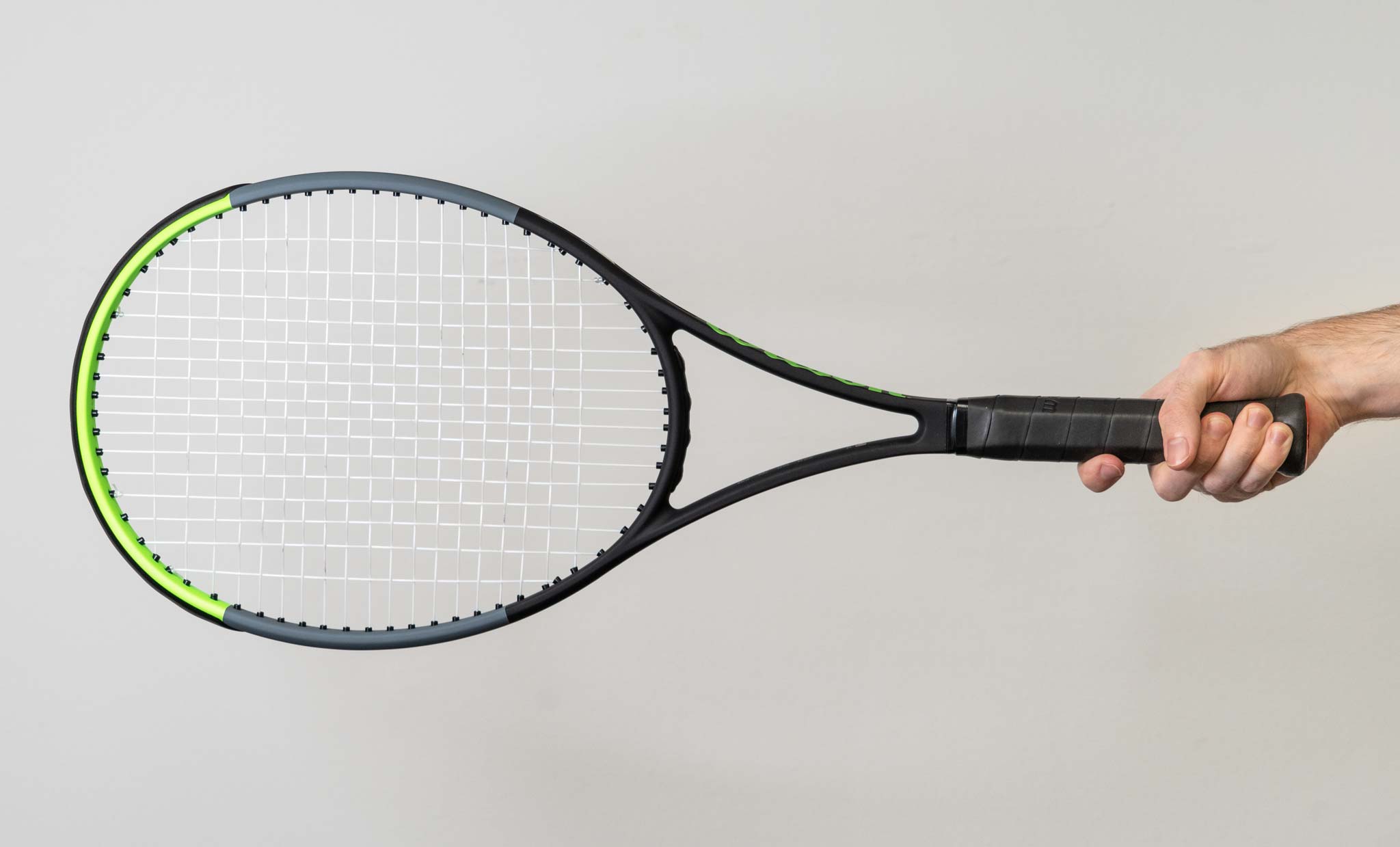
3. Your palm should rest on the same area between bevels 3 and 4.
4. Wrap your fingers around the handle, ensuring a firm but relaxed grip.
Expert Grips
WESTERN FOREHAND GRIP:
The Western Forehand Grip is ideal for generating extreme topspin. Here’s how you do it:
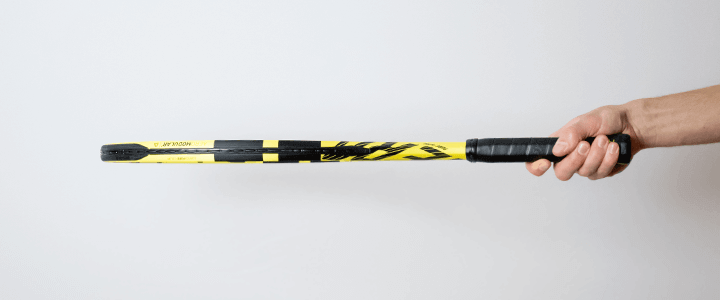 1. Hold your racquet as if you’re shaking hands with it.
1. Hold your racquet as if you’re shaking hands with it.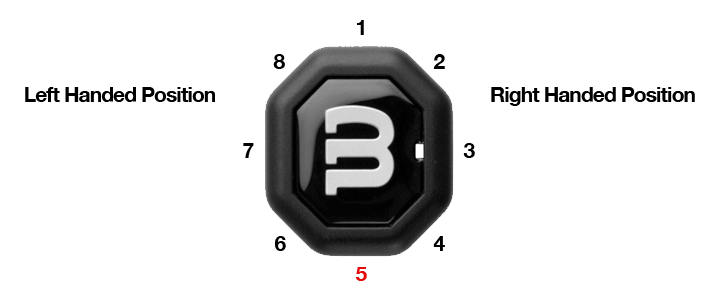 2. Place the base knuckle of your index finger on the fifth bevel of the racquet handle.
2. Place the base knuckle of your index finger on the fifth bevel of the racquet handle.
TWO-HANDED BACKHAND GRIP:
This grip is commonly used for double-handed backhand shots. Here’s how you do it:
1. For your dominant hand, use the Continental Grip. 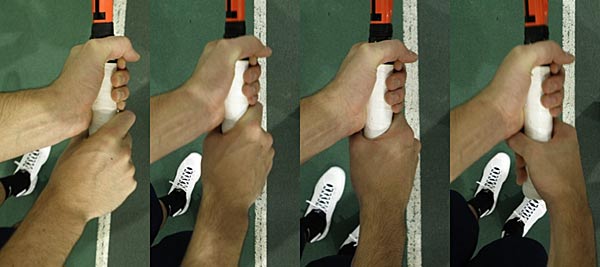
2. For your non-dominant hand, place it above your dominant hand using an Eastern Forehand Grip.

Getting Comfortable with Your Grip
As you practice, stick with these basic grips. They’re your best friends on the court. Once you feel confident with them, you can experiment with more advanced grips like the Western or Semi-Western grips, which add more topspin to your shots.
Remember, the key to mastering these grips is to practice regularly and give yourself time to get used to them. Don’t rush into trying every grip you hear about; focus on perfecting the basics first.
Tips for Perfecting Your Grip
- Relax Your Hand: Don’t hold the racquet too tightly. A relaxed grip helps you swing more freely and prevents arm strain.
- Adjust Your Grip: Make minor adjustments based on the type of shot you’re making. For example, a slightly firmer grip can help with powerful serves, while a looser grip is better for delicate volleys.
- Practice Regularly: The more you practice, the more natural these grips will feel. Hit the courts as often as you can!
Why It Matters?
Using the correct grip is crucial for improving your game. It affects how you hit the ball, control your shots, and prevent injuries. So take the time to learn and practice your grips, and you’ll see significant improvements in your performance.
Frequently Asked Questions
What is the proper way to grip a tennis racquet?
For most serves, a Continental grip is recommended. If you’re aiming to add more spin to your serves, especially for a kick serve, you might want to try the Eastern backhand grip.
How should a kid hold a tennis racquet?
Children can also start with the Continental and Eastern grips. These grips are easy to learn and will help young players develop good technique. As they progress, they can explore other grips to suit their playing style.
How firmly should I hold a tennis racquet?
Generally, you should grip the racquet firmly enough that it won’t slip out of your hand if someone tried to pull it away, but not so tightly that it reduces your touch and feel for the ball. A balance between firmness and flexibility will help you maintain control while allowing for a good range of motion.
Final Thoughts
Playing tennis is all about having fun and improving your skills step by step. Starting with the Eastern and Continental grips gives you a solid foundation to build upon. As you grow more confident, you can experiment with other grips and find what works best for you.
Happy playing! And remember, at The Racquet Shop, we have a fantastic range of racquets from top brands like Head, Babolat, and Technifibre to help you find the perfect fit for your game.
For more tips and advice, check out our Head, Babolat, and Technifibre collections.
Ready to Hit the Courts?
Visit us at The Racquet Shop for all your tennis gear needs. Whether you're a beginner or a seasoned player, we have everything you need to improve your game.


